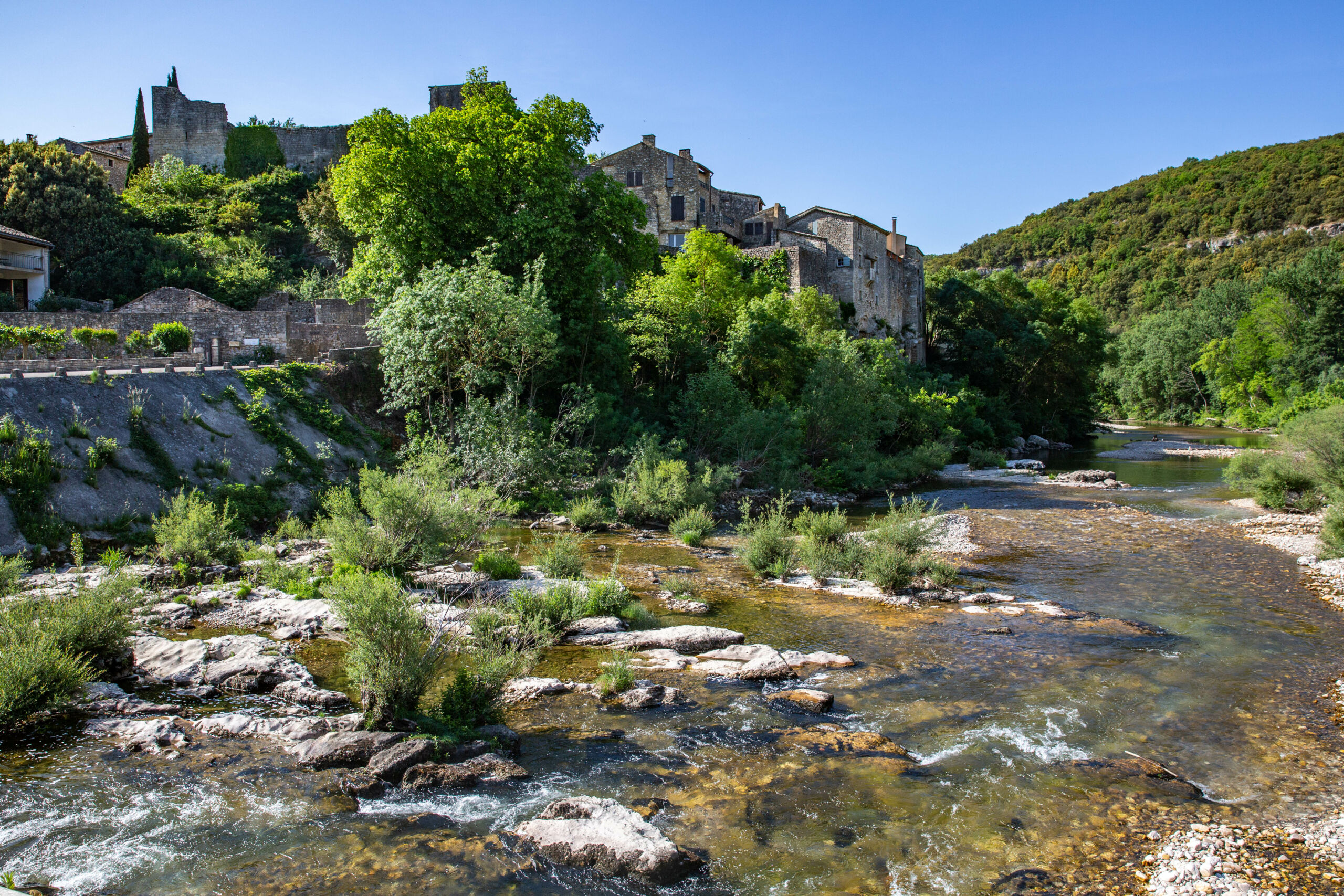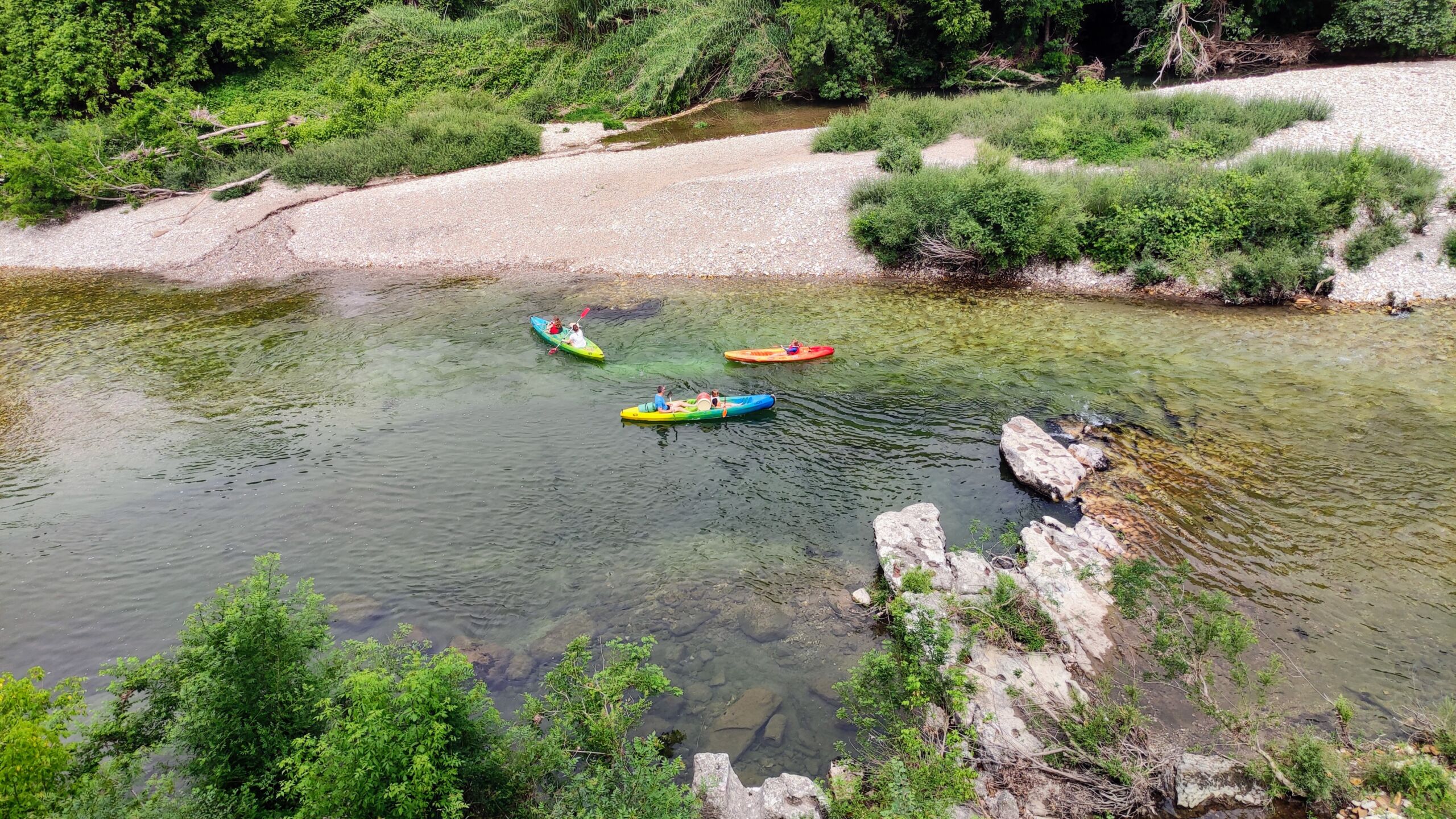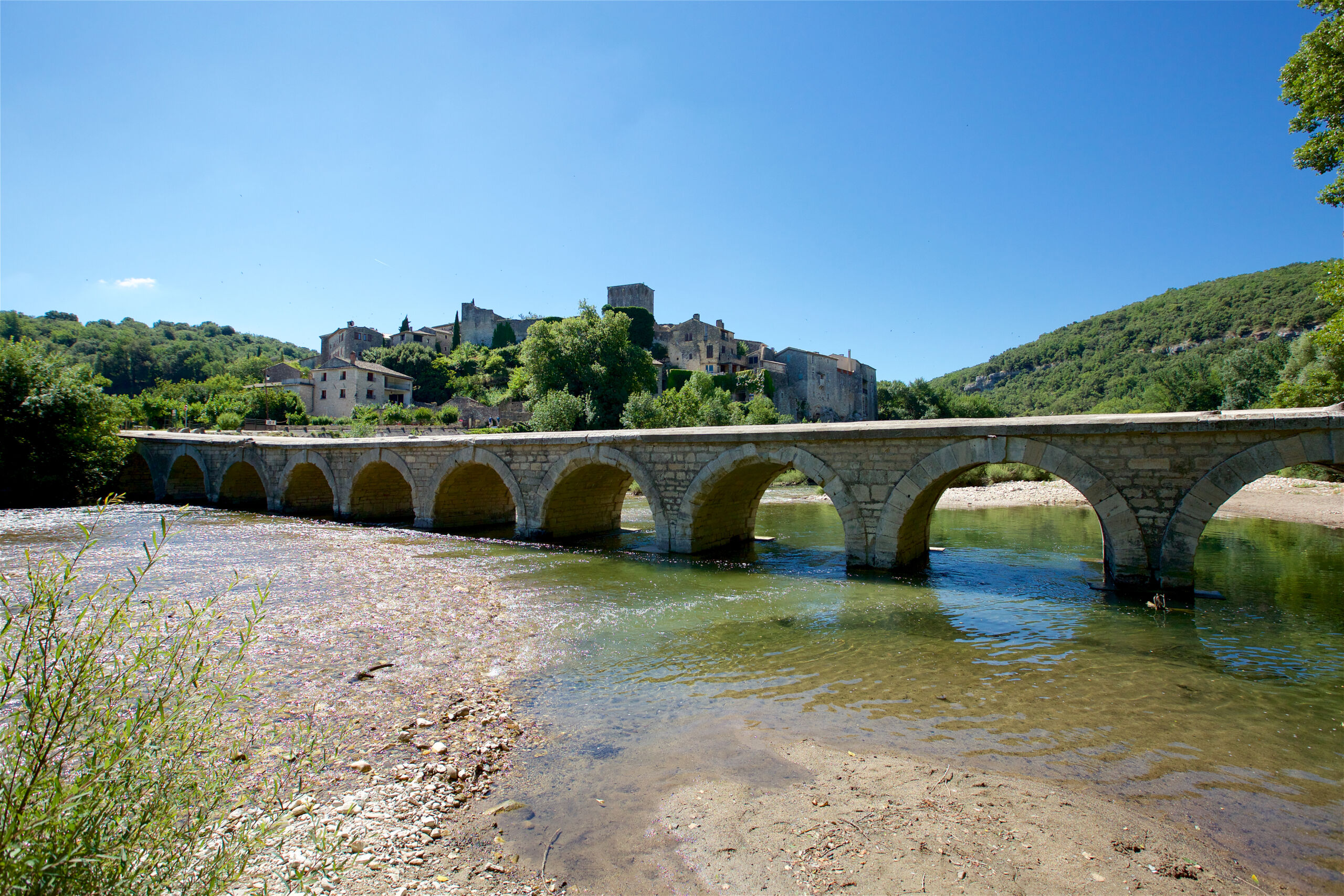A stroll along the water... and the know-how of Provence Occitane
The Cèzevalley is a living land, shaped over time by human activity in close contact with nature. Generations offarmers, winegrowers, producers andcraftsmen have shaped its landscapes, handed down practices and preserved a rural culture that is still very much alive today. Weekly markets, biodynamicwineries , oil mills and farms selling local goat’s cheese are all gateways to a sensory and humanexperience.
These encounters are often spontaneous: a chat at a stall, an impromptu tasting, a visit to a cellar. They are part of an authentic discovery of the region, where the link to the land remains essential. This local dynamic is fully in line with the principles of respectful tourism, which makes the most of resources without over-exploiting them.


